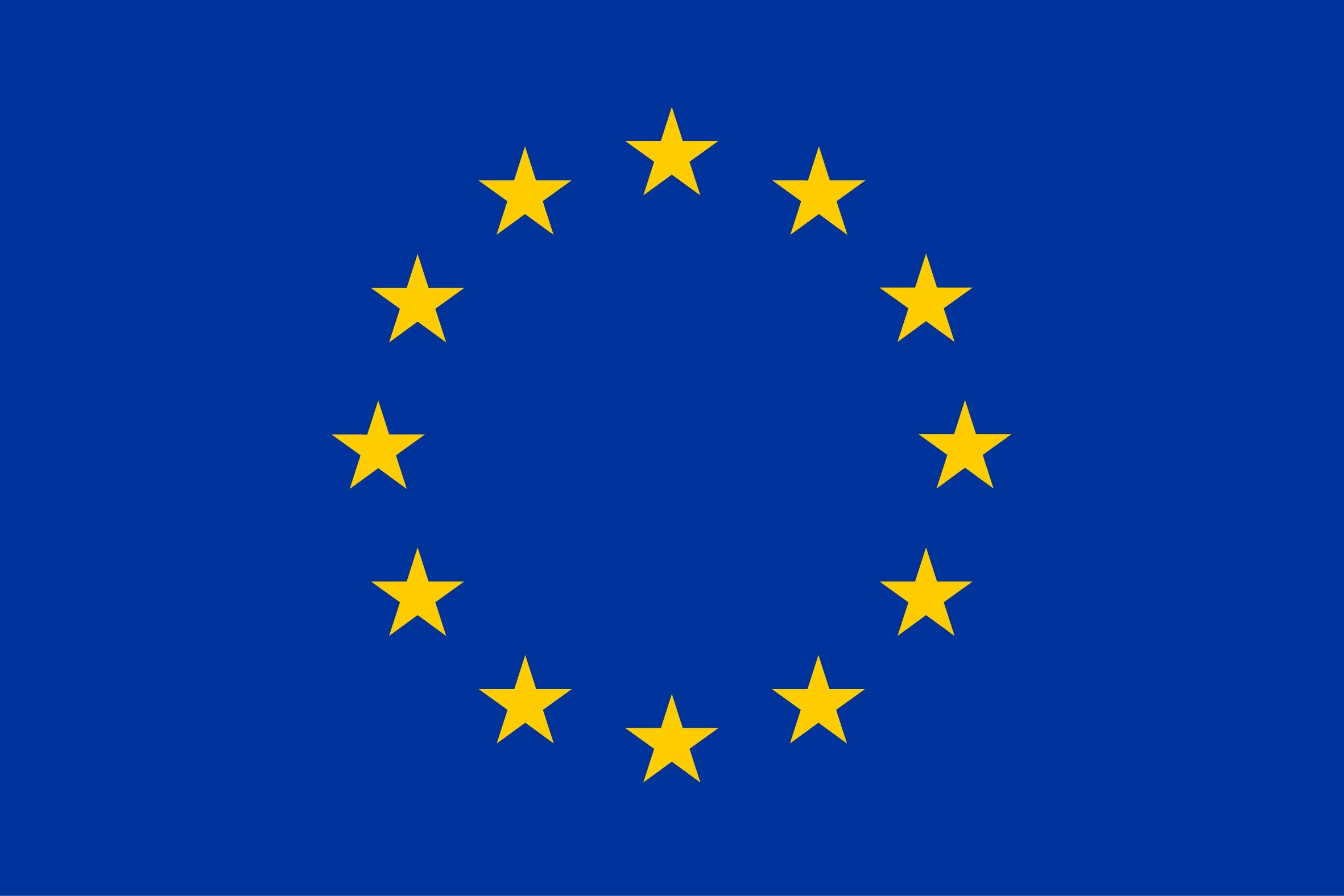

You’re right, I forgot Python makes them work on Windows too


You’re right, I forgot Python makes them work on Windows too


Any language… except MATLAB. Fuck MATLAB.
(Their arrays even start at 1, what the fuck?!)


The chance is actually 1 in 7 because both 0 and 6 are included in the randInt() range.


Also, the backslashes need to be escaped I believe


I don’t like YoY share percentage point delta. It’s misleading and making it seem like a significant number of Mac users left, although they probably just stagnated while more Windows and Linux users came. I’d rarher see YoY absolute number delta.


You are welcome. Still, this is only true if the suggested law passes, and the petition meeting the 7-country & 1M signature thresholds only guarantees it will be considered by the European Parliament.


If it passes, there will need to be a way to play offline or to host one’s own server after the official ones shut down, or an EOL date advertised along with the product.


Windows
Grab
CozetteVector.ttf. If you want to get the bitmap versions to work, follow the instructions from here.
Click the link


This just became so ironic…
it’s a bitmap font repo readme where Windows installation instructions are just “install Arch”)
I coded basic games in PowerPoint using animations plus VBA. Not good.


Cubism. Just to convince people it’s not about designing things any 5yo can build in Minecraft.


The Samsung Galaxy S4 had a user-replaceable battery and a headphone jack, yet an IP67 rating. But yes, these are all glued in.


Then it will just say “1500x”. The “XY00” is just for this example, and means it will always be divisible by 100.
Edit: on the printed label only. Not the website, which is stupid.
Update the repos in the app
Obligatory https://justfuckingusehtml.com/
Also, what’s up with the tasks in the taskbar?

oh no
side bar
Not really, the text part (blue) takes up half of the right third plus the numeric part (red-orange) takes up most of the rest
Correct. The author used the long numeric section to encode the data, see my incomplete analysis in another comment.
It’s the name of the news aggregator that the bot reposts from. See the link in post.